It could be that the critters and molluscs that littered the ancient sea floor more than 250 million years ago can be credited for some of the spectacular soils which now adorn the golden circle of Semillon producing vineyards, arguably the best sites in the world.
Hunter Valley Semillon is perhaps as unique as this theory. Often described as the “greatest gift to the world of wine” or “the world’s most uniquely regional wine styles” even “Australia’s unsung hero”. But against all odds it seems that its Semillon that has put the Hunter Valley on the world wine map.
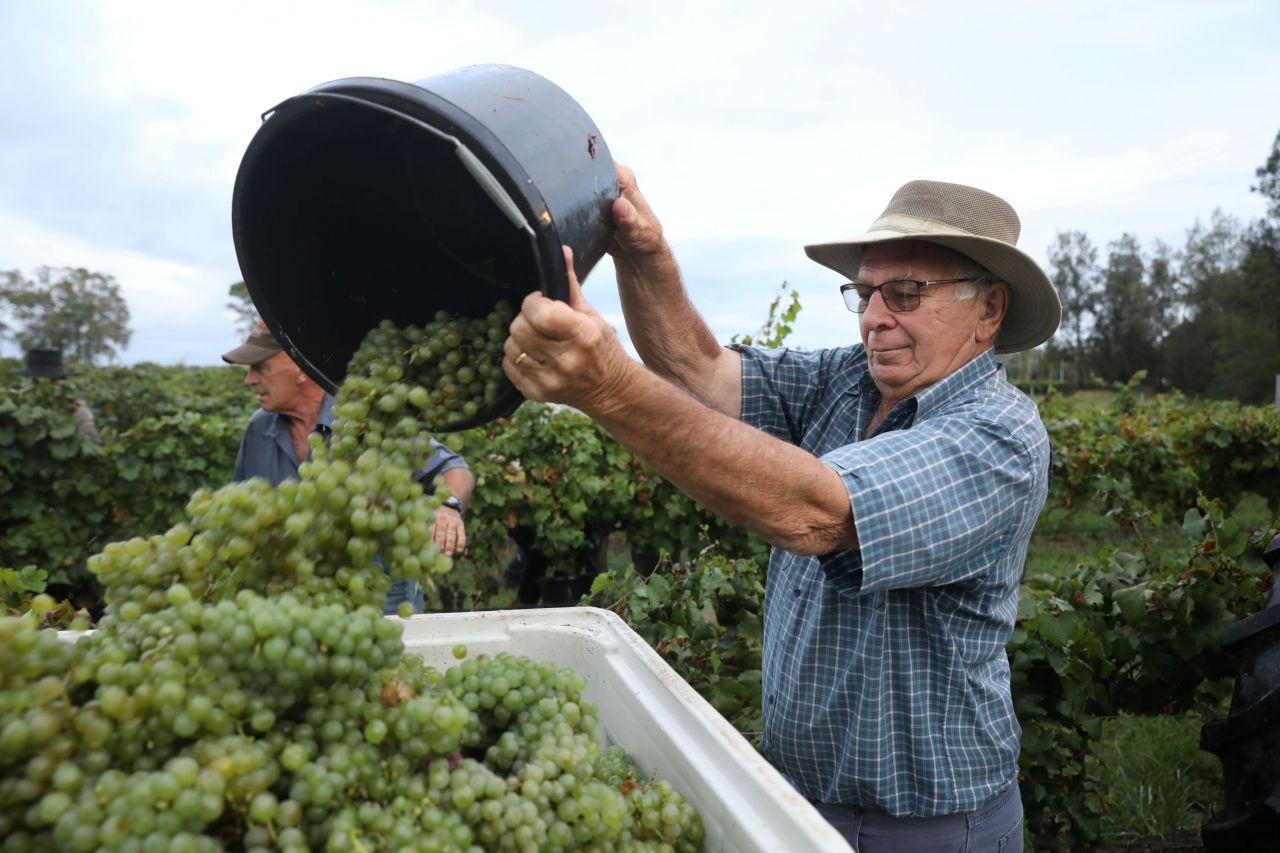
The impact of great Hunter Valley Semillon wines on the reputation of Australian wine is unquestionable. Not only is it unique and the ultimate in regional expression, it’s the site specific characteristics that Hunter Valley Semillon reflects that have inspired so many. Consistently producing wines of the highest quality, quintessentially Australian, and so so celebrated.
With origins dating back to 1736 in Bordeaux in South Western France, Semillon is a variety which in its prime is likely to have been the most planted variety in the world. Sites were prolific in South Africa, Chile, France and Australia but it’s really more specifically the Lower Hunter Valley in Australia that these sites have become sacred.
While France’s pre-eminent white variety produces celebrated dessert wine styles commanding some of the world’s top prices, its without comparison to the purity of styles produced in the Hunter Valley. Semillon has become synonymous with the Hunter Valley and vice versa.
Australia’s unsung hero is as underrated as it is unique. The pristine unoaked incarnation of the varietal has the ability to transform in the bottle from a lean crisp, fine, minerally, citrus flavoured youngster into a fine, rich, toasty, honeyed teenager with gorgeous grilled nutty flavours at its core. Taking on an almost oak like maturity over time, it’s a style that has set it apart from other great wines of the world.
Its natural acidity, wonderful texture, its vigour and resistance to humidity and disease have all proven that there is no better match for Semillon or the Hunter Valley. So, could it be said that if the world’s best Semillon wines are arguably produced in the Hunter Valley, that the sacred Semillon sites upon which these grapes are grown, are the best Semillon sites in the world?
According to the custodians of three of the Hunter Valley’s most celebrated vineyards, Braemore, Short Flat and Lovedale, it’s an unequivocal yes.
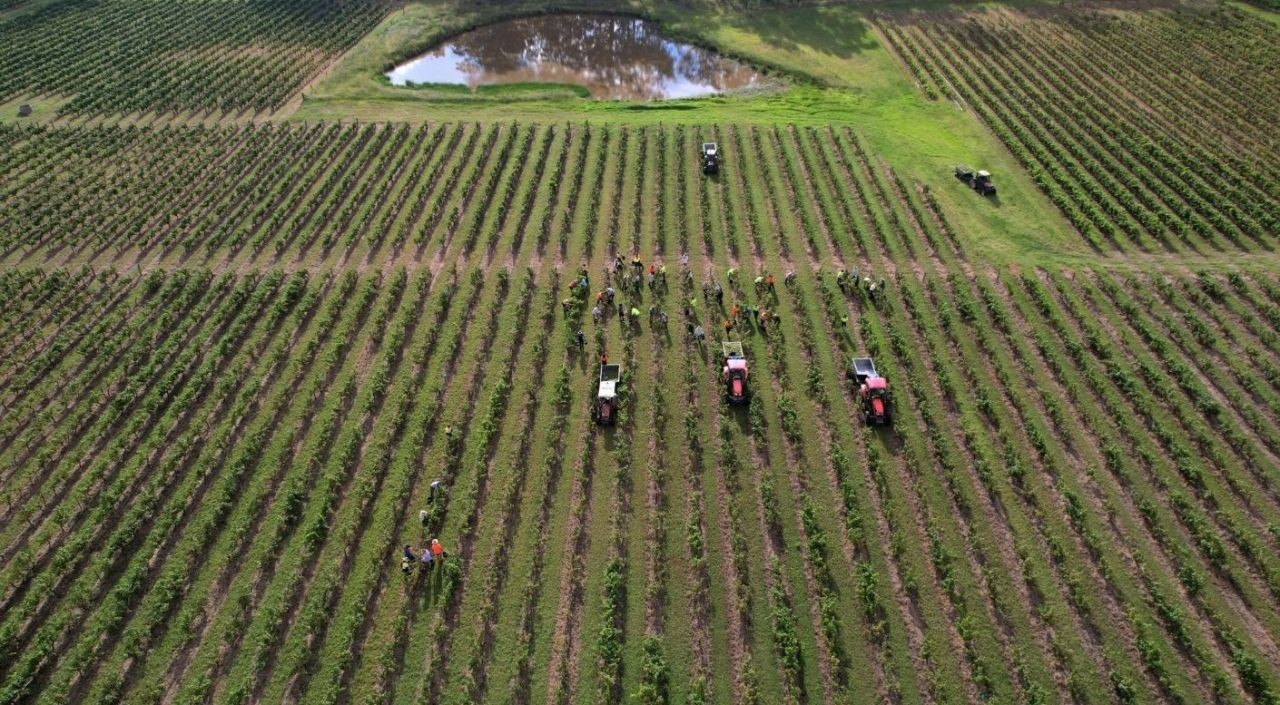
On unlikely terrain where once was an ancient sea floor, alluvial flats now lay, bearing finely packed grains of earthen white sand, remnants of prehistoric molluscs and critters which once roamed, now form the optimal free draining, spectacular sandy loam soils upon which Semillon thrives.
It could be James Busby who first planted vines in the Hunter Valley in 1828 or the visionary Maurice O’Shea who in 1939 determined Semillon so suited to the region, that we attribute this world-renowned wine style to, but its today’s custodians who have really put this world class wine on the map.
Tyrrell’s with its most awarded wine in Australia – Vat 1 Semillon hailing from its Short Flat vineyard, Mount Pleasant with its most historical Lovedale Semillon and Thomas with its most prized site sitting firmly in Pokolbin’s ‘dress circle”.
Ask 5th generation winemaker Chris Tyrrell what makes the relatively unknown Tyrrell’s Short Flat Vineyard so special. “Undeniably, Short Flat is one of the oldest greatest vineyard sites in the Hunter Valley. It sits on a strip of fossilised silt which runs from the base of the Brokenback Range through the winery to the other side of Broke Road. With no apparent reason for its name, it’s a 40 acre patch of hallowed dirt where revered Semillon destined for Vat 1 was planted in 1923 and also is the home of Shiraz and Chardonnay vines which contribute to other famous Winemaker’s Selection wines, Vat 9 Shiraz, and Vat 47 Chardonnay.”
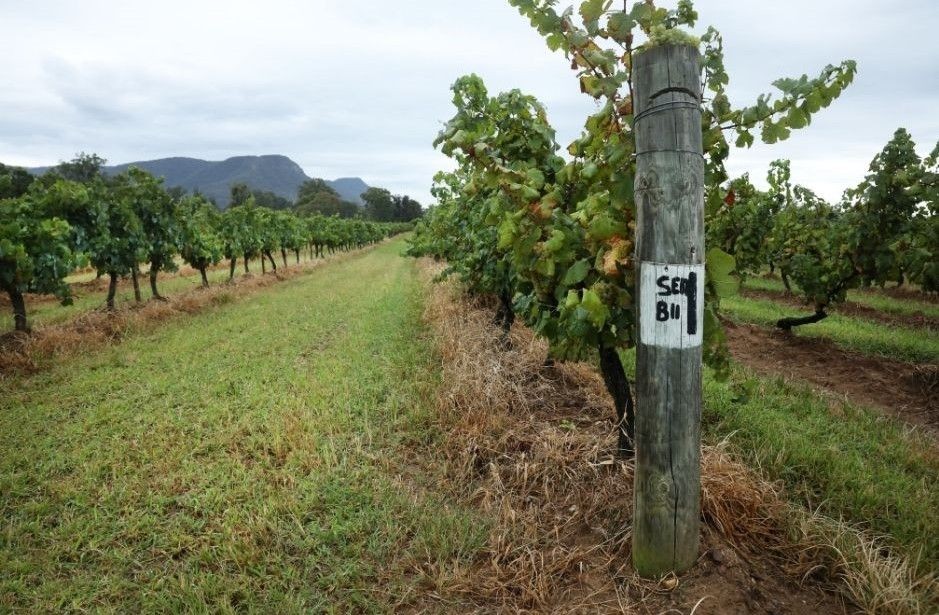
Australia’s most awarded wine, having won more than 5,500 medals and being adorned with more than 350 trophies, Tyrrells Vat 1 Semillon is arguably the world’s finest Semillon. Patiently aged for 5 years in bottle before its release, this wine incredibly made its mark in 1996 when 4th Generation winemaker Bruce Tyrrell revealed to his father Murray that he had hidden 1000 cases of the 1989 vintage Vat 1 Semillon in a corner of the winery to prove a point that he believed the wine warranted 5 years maturation time before release.
It was during his formative years as winemaker at Tyrrell’s that Andrew Thomas, now of Thomas Wines fame, first came across pristine Semillon from a vineyard planted along the ancient watercourse on Hermitage Road. Sitting amongst the She Oaks on deep sandy loam alluvial soils, the vineyard was planted in 1969 from a nursery in Mildura by John McPherson and known as Project One. Subdivided in the early 1990’s, it was viticulturist Ken Bray who purchased the 10 hectare property situated between the Casuarina and Trevena vineyards, with a long term contract to sell the grapes to Orlando. Ken Bray and his wife Christine Moore named the vineyard “Braemore” and 30 years on the vineyard is one of the most sacred Semillon sites in the world.
For many years after his discovery of this parcel of fruit, Andrew Thomas had an unwritten agreement with Ken Bray that if ever he considered selling, that he be the first in line, and each year took whatever Semillon was available for his own then burgeoning label. In 2017 Andrew had the opportunity to acquire the vineyard, suring up supply for his flagship single vineyard Semillon. Today in its 23rd vintage, Thomas Wines Braemore Semillon is one of the most revered white wines in Australia. It’s incredibly purity, vibrancy and remarkable longevity all attributes of this dress circle vineyard site, and a remarkable example of pure classic Hunter Valley Semillon.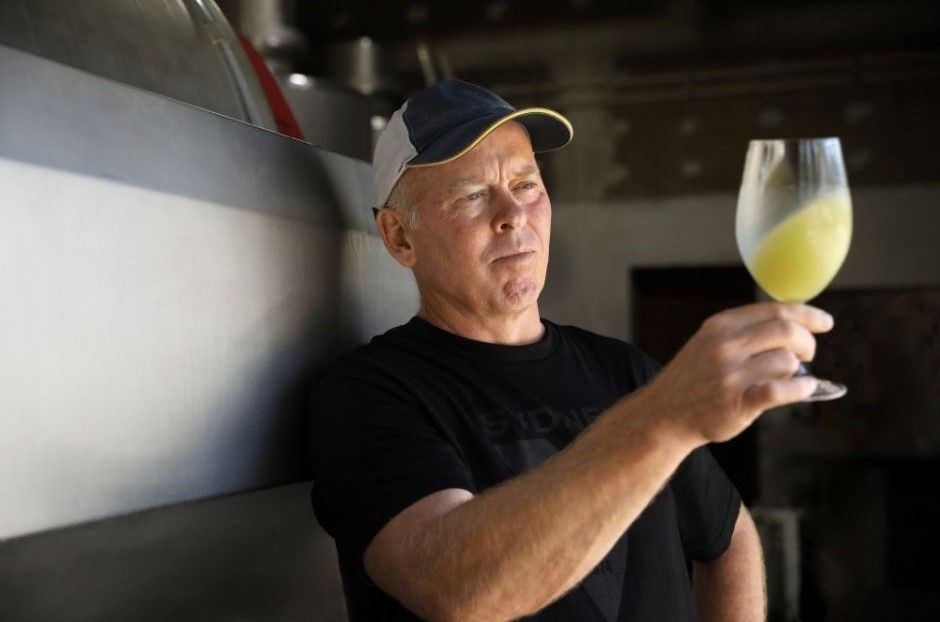
“I knew, right back in my early days making Semillon in the Hunter that if I was to have my own successful Semillon label, I’d need the highest quality fruit. Having made HVD during my time at Tyrrells I knew that the vineyards planted along the strip on Hermitage Road with their deep sandy loam alluvial soils, was where I’d ultimately hope to source Semillon for my top label. It’s almost a privilege to now be its custodian, and show what it produces to the world.”
It is likely that it was the foresight of Maurice O’Shea who really put Hunter Valley Semillon the world map when he planted the Lovedale Vineyard in 1946. He had long considered its suitability to the region, its climate and its soils, acknowledging its consistency, flavour, intensity, vigour, yield and incredible ability to age. He set about preparing the vineyard for planting in as early as 1939, however was ordered to pause planting by the Australian Government so the land could be used as an emergency landing field during World War II. He was finally able to plant what was mistakenly propagated Semillon thinking it was a German Riesling clone from a Darling nursery. So it was Hunter River Riesling that they fought so hard to grow on the poor soil now known as the Lovedale Vineyard, and later confirmed to be Semillon.
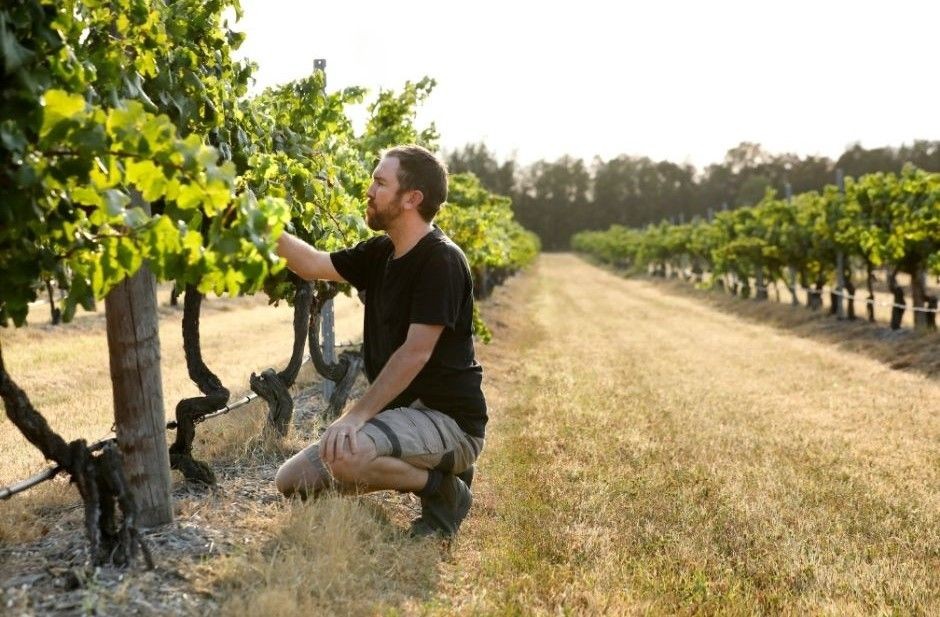
With Hunter River Riesling one of the most popular wine styles, its production was plentiful, and it became the principal planting in New South Wales at the time. These days on the loamy topsoil, adorning the friable red and yellow clay sits the prestigious vineyard of 75-year-old gnarly twisted vines of an unidentified clone with 1% random vines scattered throughout. It’s Lovedale Semillon winemaker of 35 years Phil Ryan who attributes Lovedale’s uniqueness to this one percenter. Having recently handed over the reigns to winemaker Adrian Sparks and under its new ownership this stalwart brand is set for new heights, and hopefully with it comes a whole new level of respect and adoration for Semillon worldwide.
Photo Credit Chris Elfes (Elfes Images).
